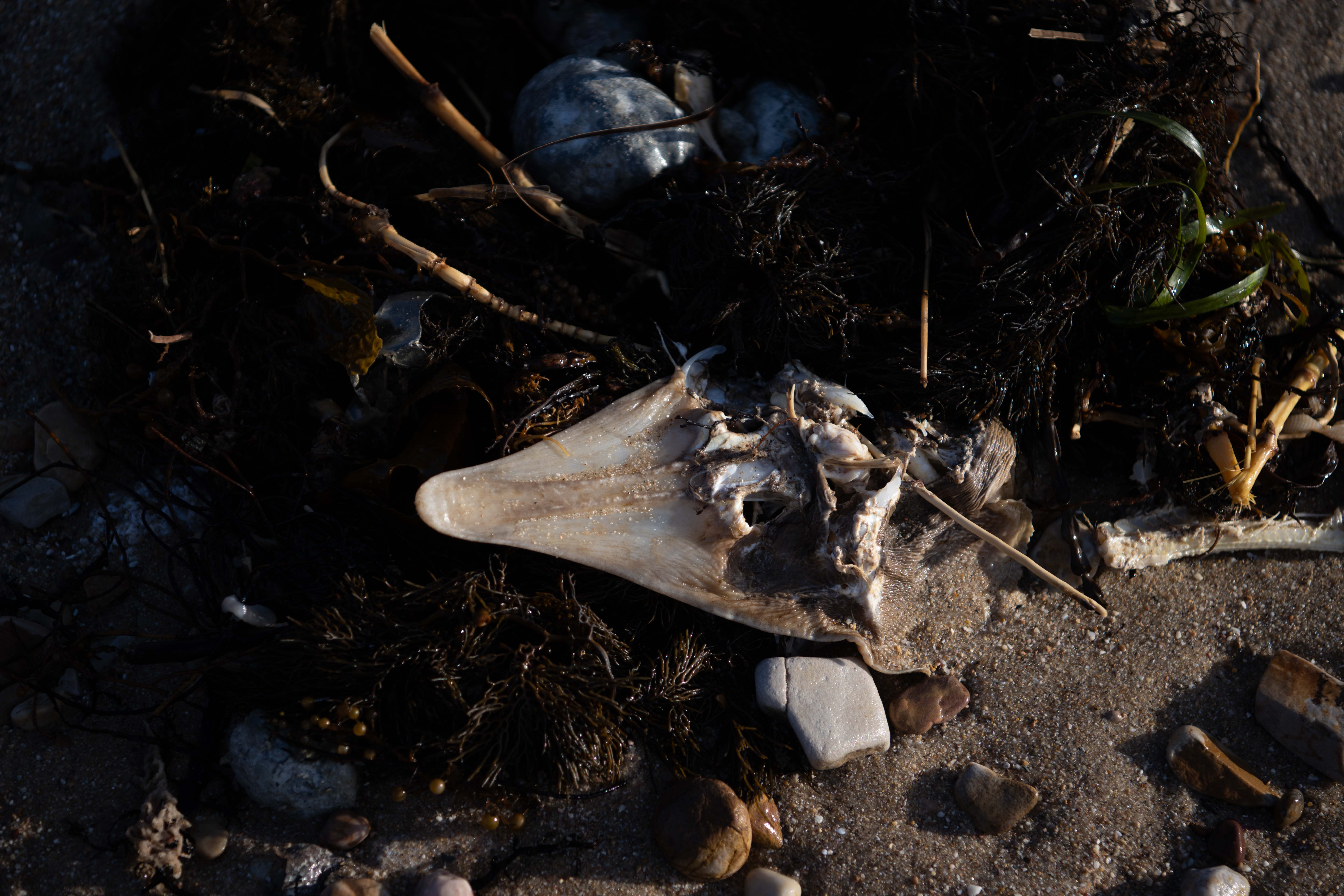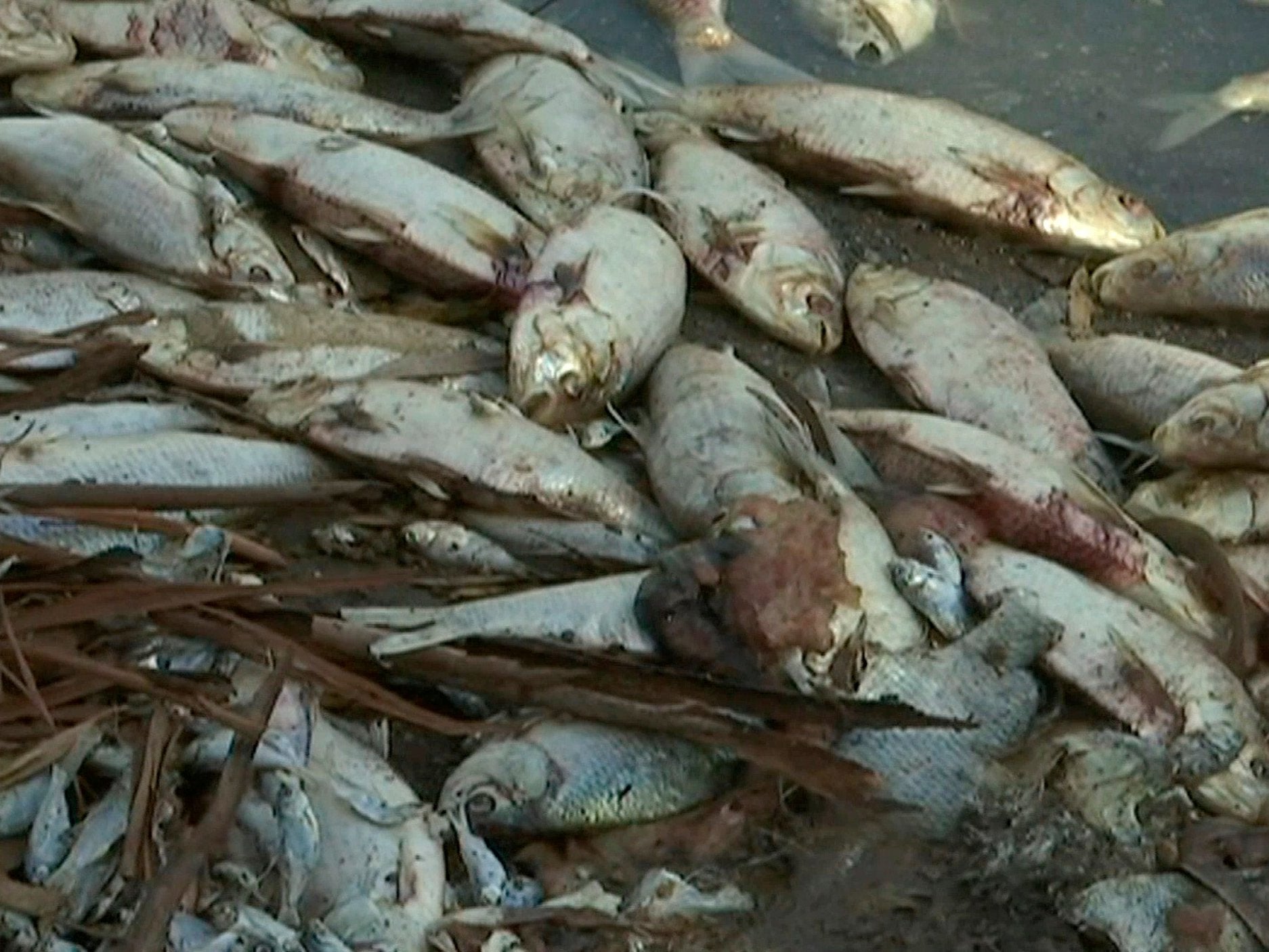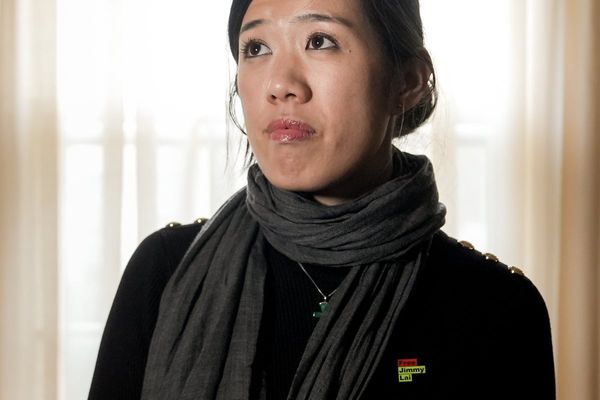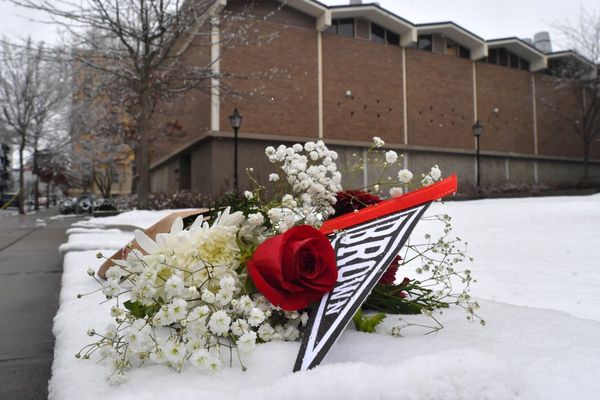South Australia has declared its toxic algal bloom a natural disaster following weeks of pressure from scientists, local officials and community members over what has been called an “unprecedented” marine crisis.
The bloom – fuelled by the toxic algae Karenia mikimotoi – has devastated marine life along more than 500km of the coastline since March, killing thousands of fish, rays, sharks, and dolphins, and threatening local fisheries and coastal livelihoods.
“This is so entirely unprecedented we don’t really know how it’s going to play out over coming weeks and months ahead,” South Australia premier Peter Malinauskas told ABC’s News Breakfast, noting over 400 marine species had been impacted.
Federal environment minister Murray Watt visited some of the affected areas this week and pledged a $14m assistance package but said the event did not yet meet the criteria for formal natural disaster status.
South Australia, however, invoked state authority to make its own declaration, unlocking additional emergency support.
Marine experts have been sounding the alarm over the crisis for months. In May, conservationists said the boom had already killed over 200 marine species.
“It’s hard to overstate the extreme severity of the algal bloom environmental crisis in South Australia,” Adriana Vergés, a marine ecologist at the University of New South Wales, said.
“We are talking about extensive mortality of nearly 500 different marine species, including key habitat-forming sponges and other invertebrates, as well as fish over more than 500 km of coastline. It’s completely devastating.”

Described as a “toxic blanket”, the bloom suffocates fish by damaging their gills and attacking their red blood cells and the nervous system. It can lead to haemorrhaging and erratic behaviour in the affected animals.
Photos from beaches around Adelaide show carcasses of snapper, stingrays and other dead sea creatures lining the shore.
According to local records cited by The Guardian, over 13,800 animals are confirmed dead but the real toll is likely far higher.
Professor Shauna Murray, a harmful algal bloom expert at the University of Technology Sydney, said the bloom had impacted several hundred square kilometres of coastline since mid-March and was now impacting Adelaide, a city of 1.5 million.
She warned that brevetoxins – neurotoxins produced by the algae – had already been detected in some seafood. “It’s not just having an ecologically disastrous effect, it’s now severely impacting fishing and aquaculture industries as well as tourism. We need regular monitoring and financial support for all affected,” she said.
The crisis has already led to the closure of Coorong’s pipi fishery and parts of the state’s oyster aquaculture due to health concerns. Scientists warn that less mobile species, like seahorses, flatheads and leatherjackets, may take years to recover.
John Morrongiello, associate professor at the University of Melbourne, described it as “an ecological catastrophe” that could have long-term consequences for marine food webs and coastal economies.

Climate and nutrient pollution are believed to have played a role in the crisis. Scientists say it is being fuelled by an ongoing marine heatwave, with sea temperatures 2.5C above average, and calm conditions that allow it to thrive.
“This is climate change in real time,” Dr Nina Wootton from the University of Adelaide said. “The consequences of years of inaction are now unfolding before our eyes.”
The algae species behind the toxic bloom has traits that may explain its unusual scale and persistence, according to scientists.
“This species of algae has several adaptations that may have enhanced its ability to grow in the context of the South Australian blooms,” professor Perran Cook from the School of Chemistry at Monash University said.
“It can ‘swim’ up and down in the water column, which allows it to take up nutrients from the deeper layers of water when there is little mixing, as has been the case in the waters off South Australia this year,” he explained. “The warmer conditions typically favour most algal growth, and this species is no exception. It also has a wide temperature tolerance, which might help explain its persistence into winter.”
Dr Cook noted the algae’s ability to “assimilate the ‘remains’ of other algal blooms” could link it to the 2023 Murray River floods, which “released vast amounts of nutrients that stimulated algal growth then, and it is possible that these nutrients are still rippling through the food web.”
Greens senator Sarah Hanson-Young said the $14m assistance announced by the federal minister was just a “downpayment” and criticised the government for failing to declare the crisis a federal emergency.
Speaking in the parliament, she warned that such events were becoming more likely due to the climate crisis.
“It’s Adelaide beaches today but it could be Bondi tomorrow,” she said, calling for a parliamentary inquiry into the bloom and the introduction of a “climate trigger” in Australia’s environmental laws.
In response, prime minister Anthony Albanese said the government’s support was timed “appropriately” given the event was unfolding primarily in state waters.
“What is important is that there be a response,” he told ABC’s 7.30 show. “We are responding, giving support to the South Australian government.”
Dr Christopher Keneally from the University of Adelaide said the toxic bloom’s scale, potential to cross state boundaries and long-term ecological legacy placed it “on par with the bushfires and floods that routinely trigger federal interventions”.
“This is not just an environmental event – it’s an ecological disaster,” added Dr Lucille Chapuis, a marine biologist at La Trobe University. “Like a bushfire or floodwater, a toxic bloom can sweep through an ecosystem, and we must treat it with the same urgency.”
Scientists are calling for a national response strategy and long-term investments in monitoring and early warning systems for such events.
“We cannot just treat this as a one-off event that should be monitored. This is a complex problem and we need a coordinated science–industry–governance response,” professor Martina Doblin, director of the Sydney Institute of Marine Science, said.







